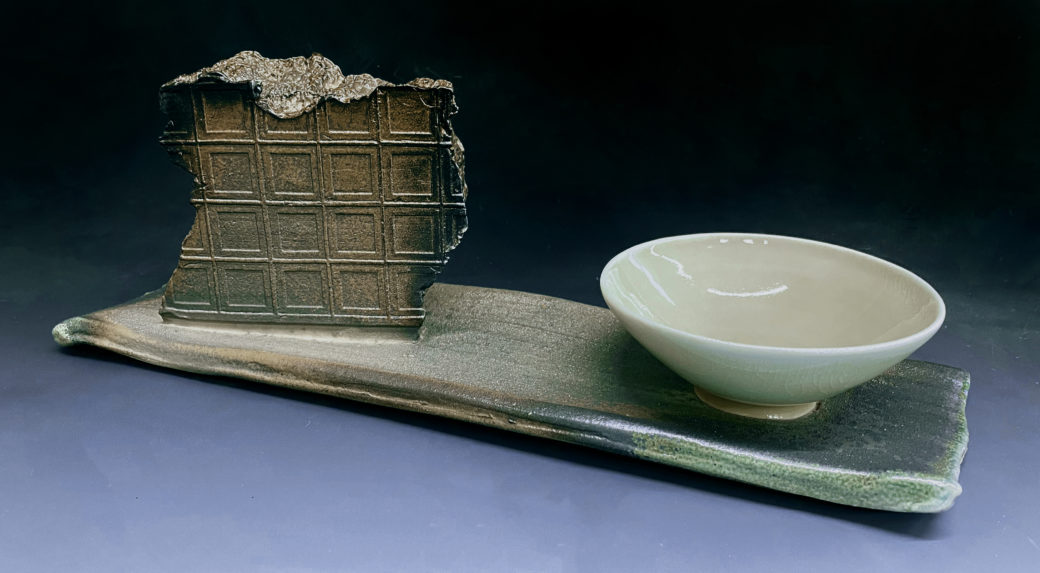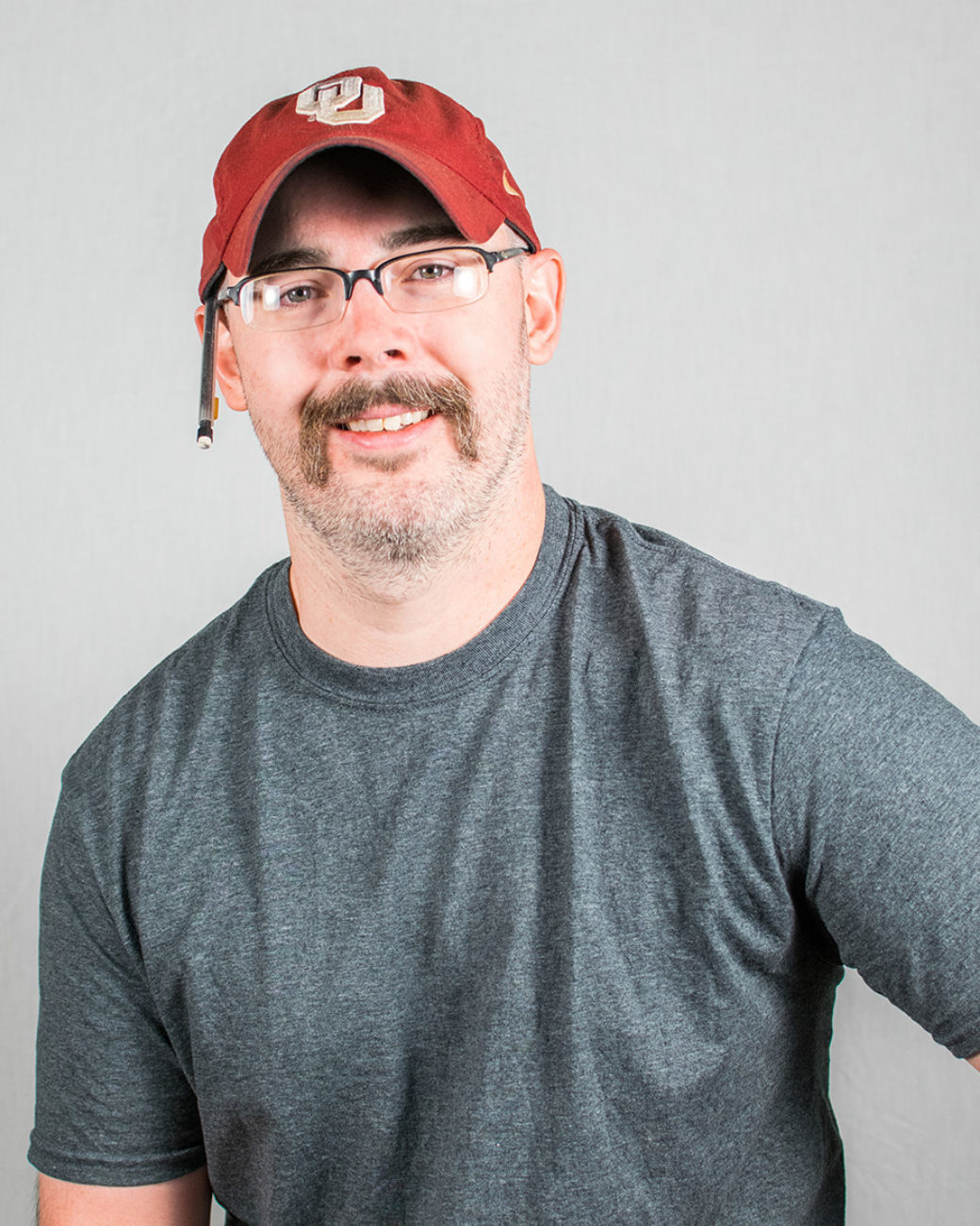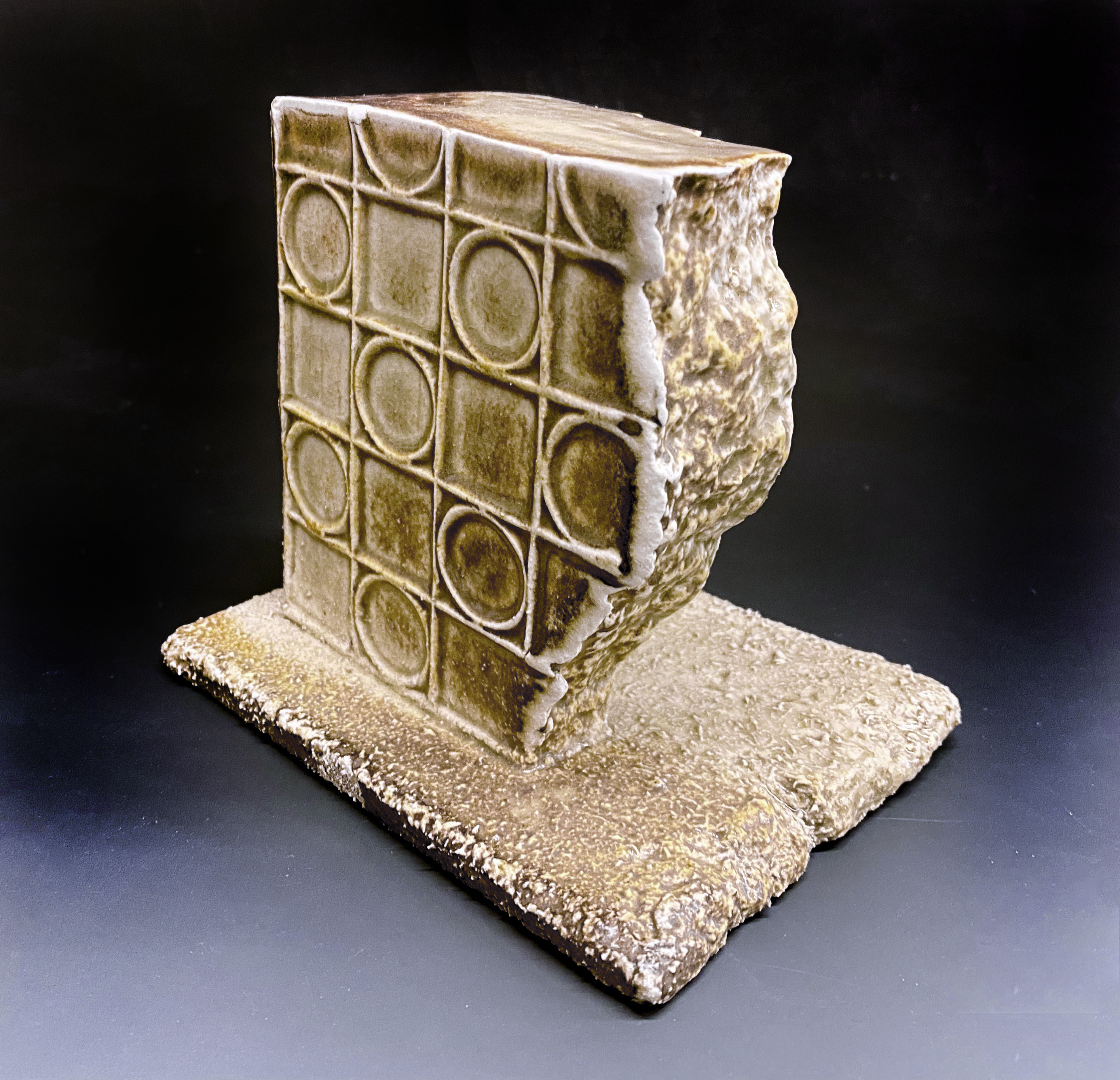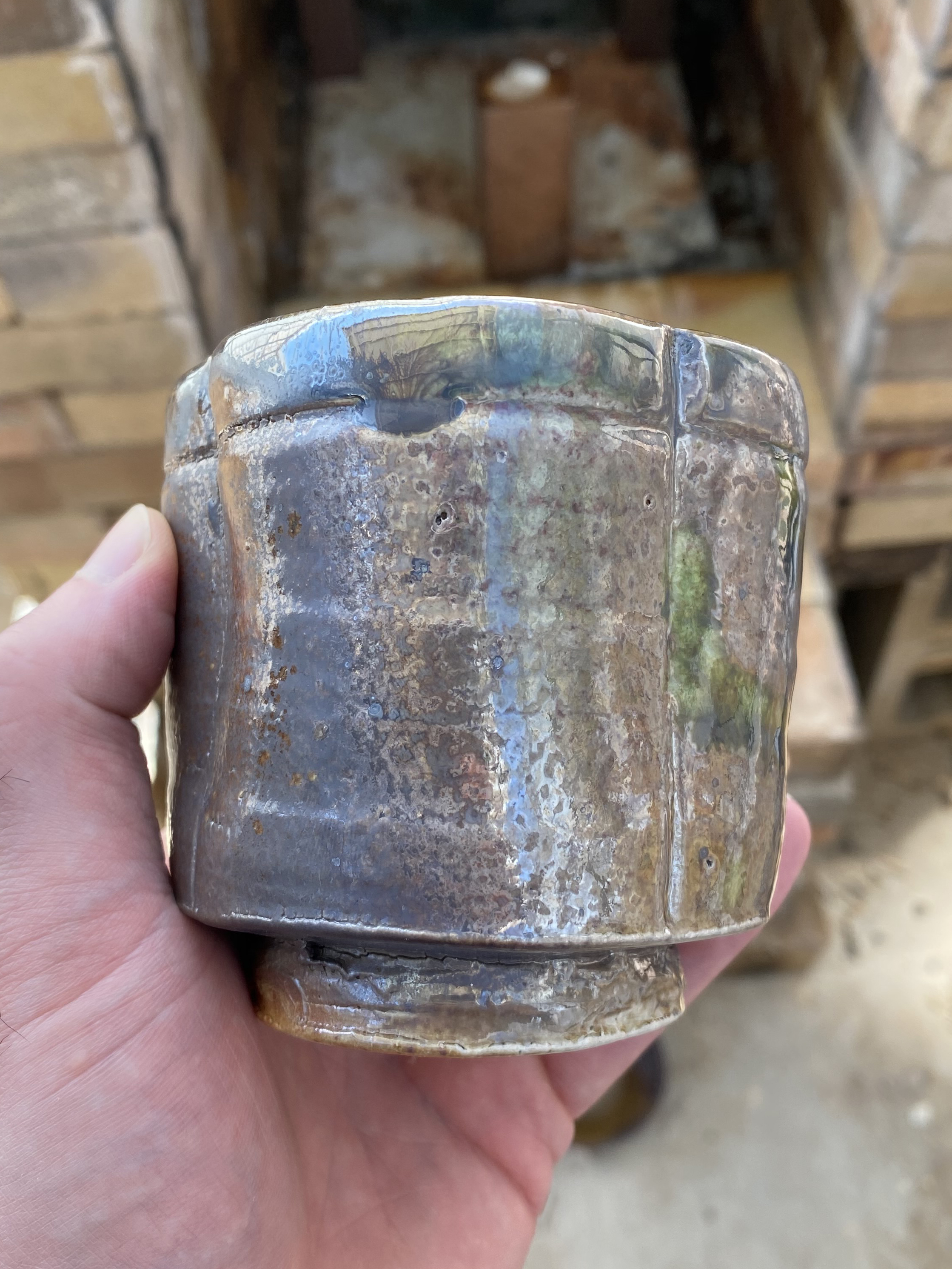
David Stevens on the fundamental truths of the medium — and how they informed his digital residency project

Ceramics is an art form, but it's a science too. To hear Studio-in-Place artist and Ceramics and Studio Manager David Stevens describe the process of firing Oklahoma Contemporary's state-of-the-art new soda kiln sounds something like a chemist discussing the finer points of a scientific experiment. The temperature, the environment, the innumerable control factors influencing each step of the process — getting a finished piece from a hunk of clay to an art object requires more than a little attention to precise detail and measurements.
"I hated science as a kid. I was awful at it," Stevens said. "I think it was because it was all on paper. It was just rules. Now it's like, 'If I do this just right, I'll have a bad-ass glaze!' It's chemistry, but you actually do stuff with it."
To learn more about this delicate marriage of science and art, we caught up with Stevens the day before unloading the final works for his August Studio-in-Place project with Oklahoma Contemporary — a combination of ceramics and storytelling, resulting in tabletop sculptures and maquettes referencing lost civilizations real and imagined — to discuss the fundamental "rules" of clay, and how they impacted his digital residency.
If you can do it, you can do it in clay.

Clay is craft.
"This means anyone can learn it — but you have to learn it. I've been thinking about this over the past few days since Studio School enrollment has started. We're offering two classes, both on beginning hand building. This entire Studio-in-Place project comes from the first two hand building techniques you learn in ceramics: coil and soft slab. It all boils down to these two simple techniques."

Clay is dumb.
"But clay is dumb in the best way possible, meaning it will do exactly what you tell it to do. You just have learn how to tell it to do what you want it to do. Because it's dumb, you can do anything with it.
"I've always loved architecture, but I never wanted to build buildings. I only ever wanted to make the models. I never wanted to worry about designing buildings that were going to be used. I just wanted to design buildings as objects. Since clay is dumb enough to let you do what you want, the only limit is yourself."

Clay is amazing.
"It's just the best material. If you can do it, you can do it in clay. You just have to figure out how. If you can do it in bronze, you can do it in clay. If you can do it in wood, you can do it in clay. If you can paint it, you can paint it on clay. This project wouldn't be possible without such a responsive, universal medium."
Return to New Light.









